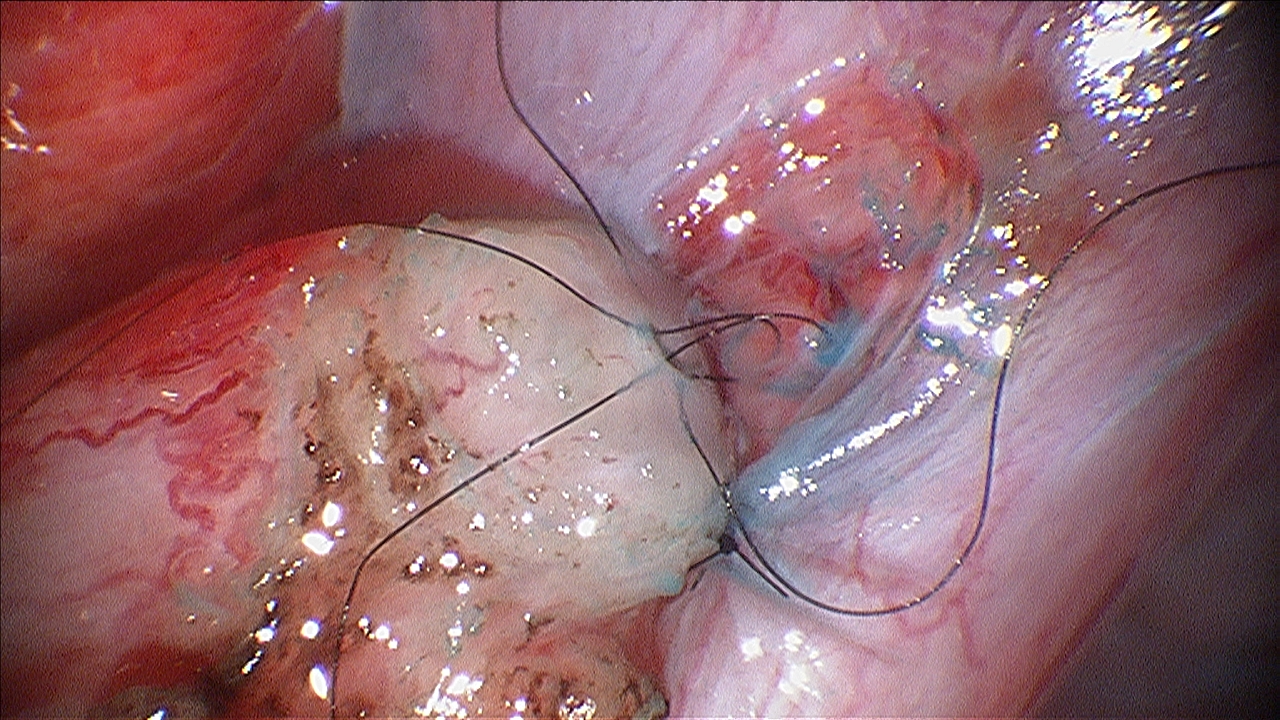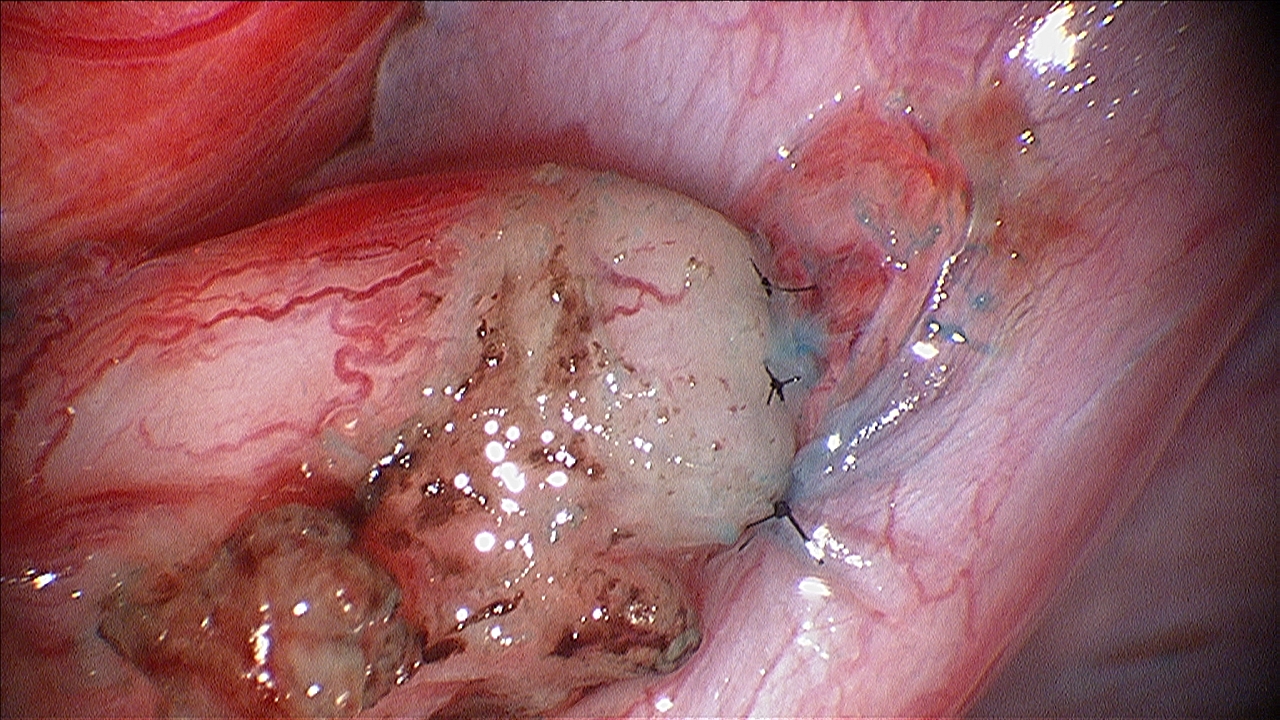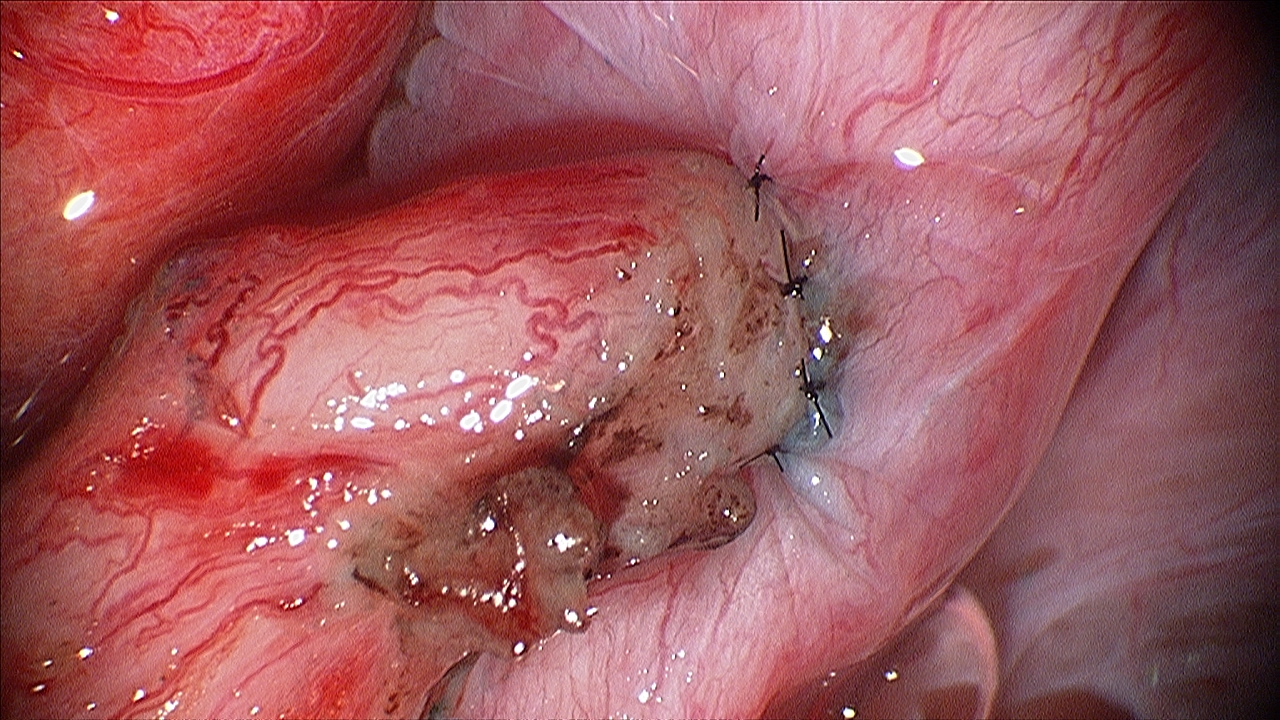Midwest Vasectomy and Reversal Center
Vasectomy Reversal
Vasectomy Reversal
Vasectomy reversal is the most cost-effective way to get pregnant after a vasectomy.
Approximately 5% of men will decide to have their vasectomy reversed. Reasons for this can include divorce/remarriage, desire to have more children, or loss of a child.
Regardless of the reason, a man can change his mind, and successful vasectomy reversal is possible, especially when it is done correctly the first time.
Choosing a microsurgeon who specializes in vasectomy reversal is important!
Microsurgical vasectomy reversals are generally performed as a same-day surgery at an outpatient surgery center.
Using the operating microscope to reconstruct the vas deferens in 2 layers under high-power magnification results in superior outcomes over standard techniques.
Vasovasostomy refers to sewing the two cut ends of the vas deferens back together. It is performed only when sperm are found inside the testicular end of the vas deferens. If it is possible to perform a microsurgical vasovasostomy on both the left and right sides, there should be a >95% chance of having sperm return to the semen.
However, if no sperm are found in the testicular end of the vas deferens at the time of surgery, then an obstruction has occurred further upstream at the level of the epididymis. Performing a vasovasostomy in this setting would result in a failed vasectomy reversal.
In such cases, the more complex epididymovasostomy, or "bypass procedure" must be performed. This procedure involves connecting the vas deferens directly to the delicate tubules of the epididymis.
If it is necessary to perform epididymovasostomy on both sides, success rates drop to 50-60%. This occurs primarily because the tubes of the epididymis are only one-fifth the size of the vas deferens. Most surgeons will recommend sperm cryopreservation for backup at the time of vasectomy reversal if bilateral epididymovasostomy is necessary.
Epididymovasostomy can only be performed using an operating microscope, and few urologists have been trained to perform this procedure. Make sure that yours does!
Although both the time interval since the vasectomy as well as certain findings on physical examination can help to predict the presence or absence of sperm at the time of vasectomy reversal, you don't really know for sure until the time of surgery when the fluid is examined under the microscope.
For this reason, it is critical that your surgeon has been trained in microsurgery and knows how to perform the complex epididymovasostomy when necessary.
Proper recovery time after vasectomy reversal is as important as the surgery itself. Antibiotics and pain medication are prescribed. Ice packs for the first couple of days will reduce pain and swelling from the procedure. It is important to wear a scrotal supporter during the first 2 weeks after surgery and to abstaining from sexual activity and other strenuous activities for during this time. This is recommended to allow the delicate microsurgical reconstruction to heal. It is also important to resume regular sexual activity after those first two weeks.
The first semen analysis is typically checked 4-6 weeks after the vasectomy reversal. Anti-inflammatories may be prescribed if there is still evidence of swelling on examination or inflammatory cells in the semen.
Pregnancy outcomes are dictated by the type of vasectomy reversal that is employed (microsurgical vs. non-microsurgical and vasovasostomy vs. epididymovasostomy) as well as the age of the female partner. Studies have shown pregnancy rates of 50-60% when female age is less than 40. These rates drop to under 15% when female age is greater than 40.
The pictures on this page show the steps of both microsurgical vasovasostomy and well as microsurgical epididymovasostomy.
Read more about vasectomy reversals at www.williamsurology.com
Read Dr. Williams' article about microsurgical vasectomy reversal in Contemporary Urology
Read Dr. Williams' article about microsurgical vasectomy reversal in the Canadian Journal of Urology
Read Dr. Williams' article about intussusception epididymovasostomy (the bypass procedure) in Nature Clinical Practice Urology
Two-layer microsurgical vasovasostomy
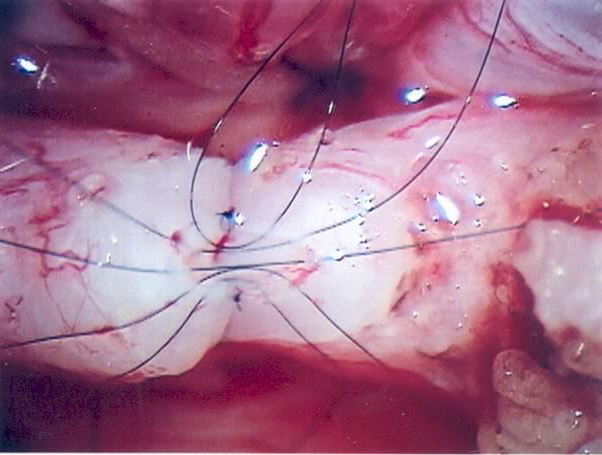
1. Inner layer sutures open
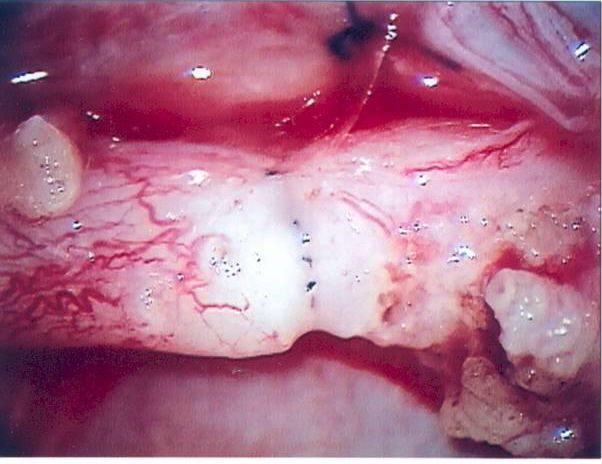
2. Inner layer sutures tied
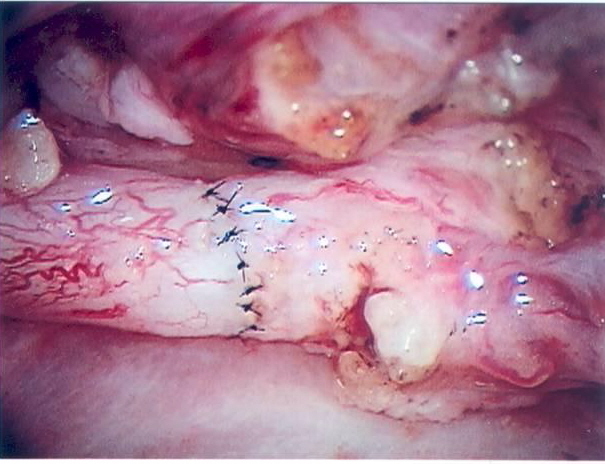
3. Outer layer sutures tied
Microsurgical Intussuscepted Epididymovasostomy
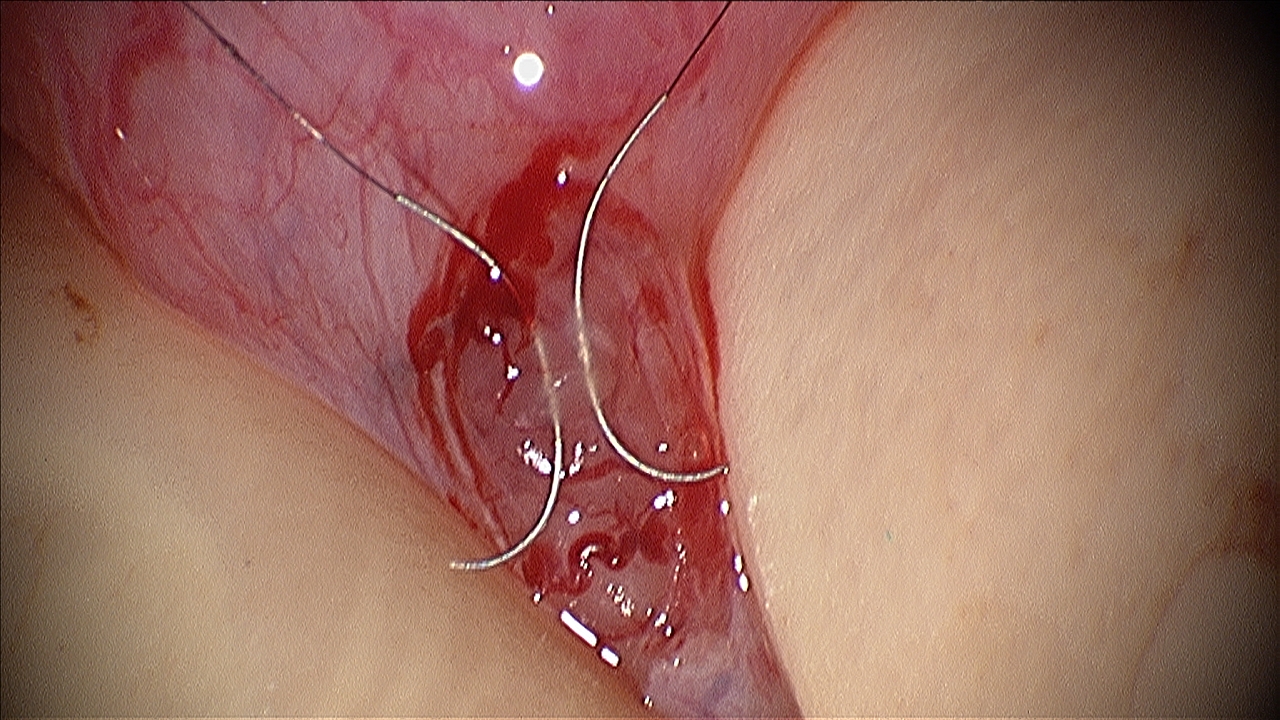
1. Placement of sutures
2. Inner layer sutures placed in vas deferens
3. Inner layer sutures tied
